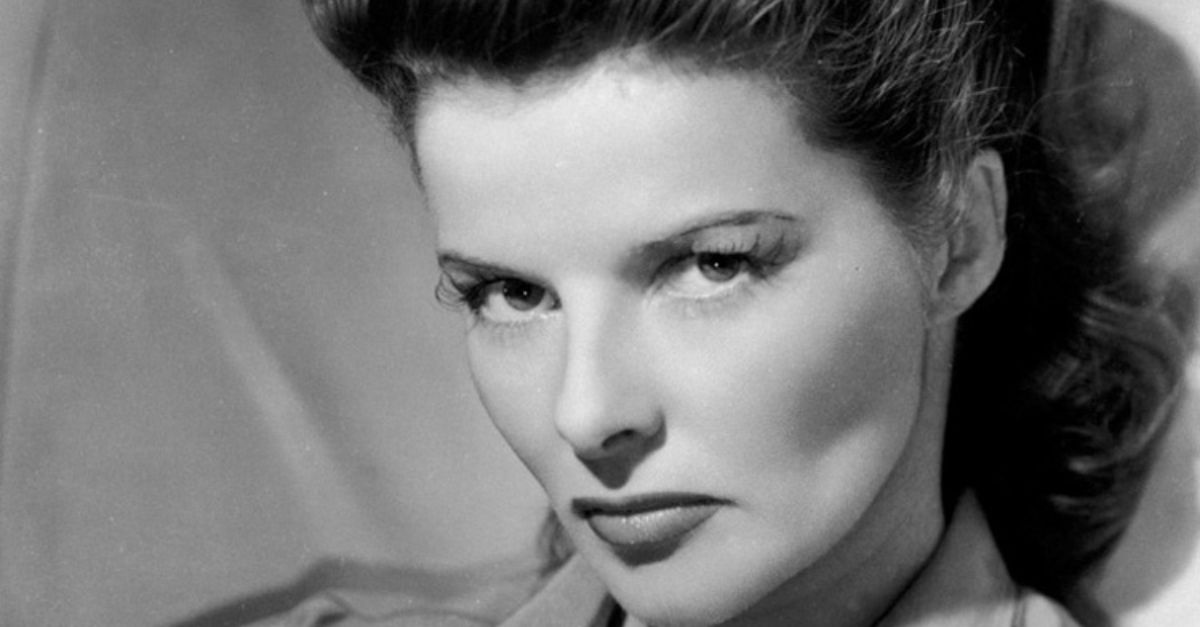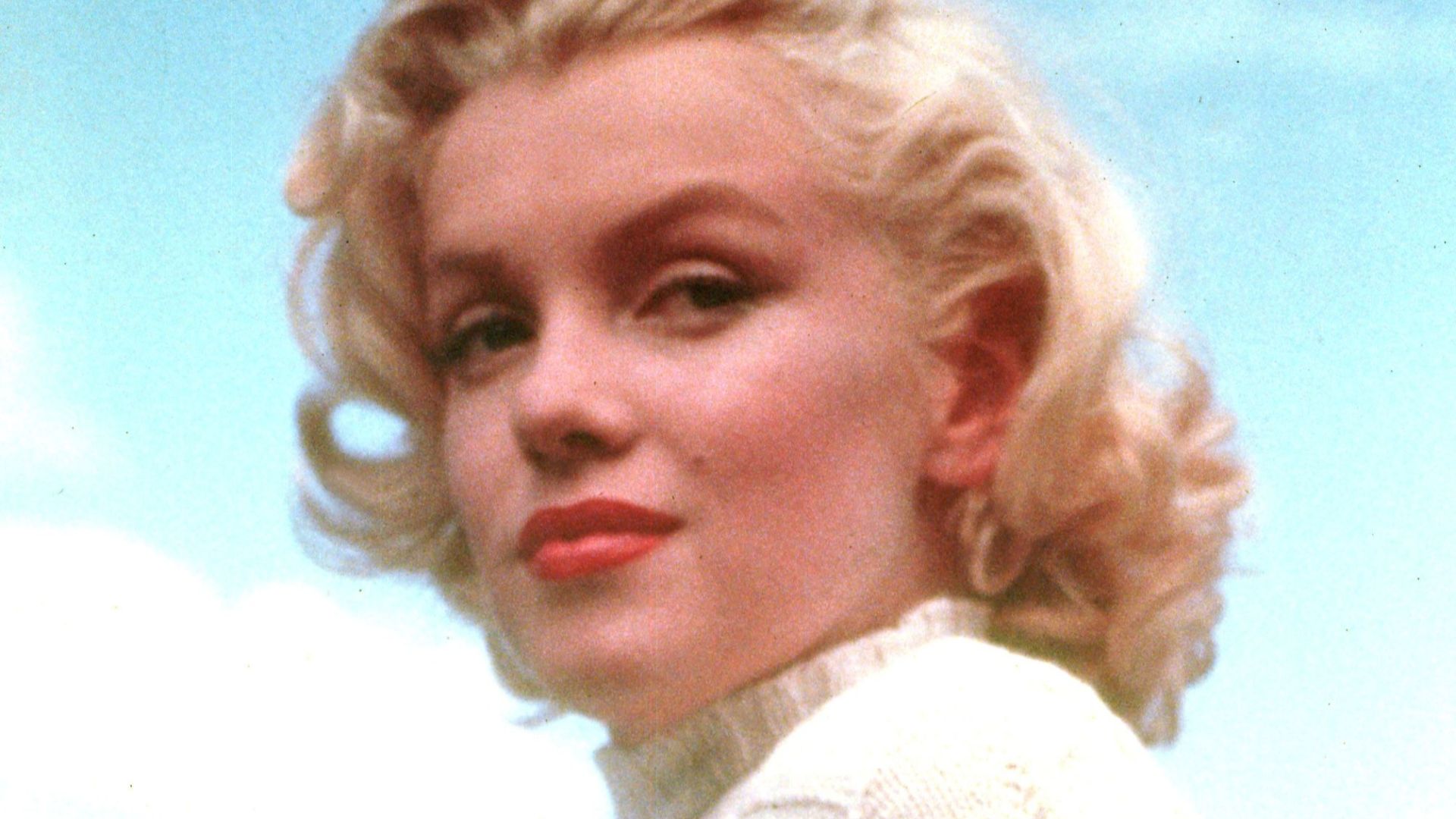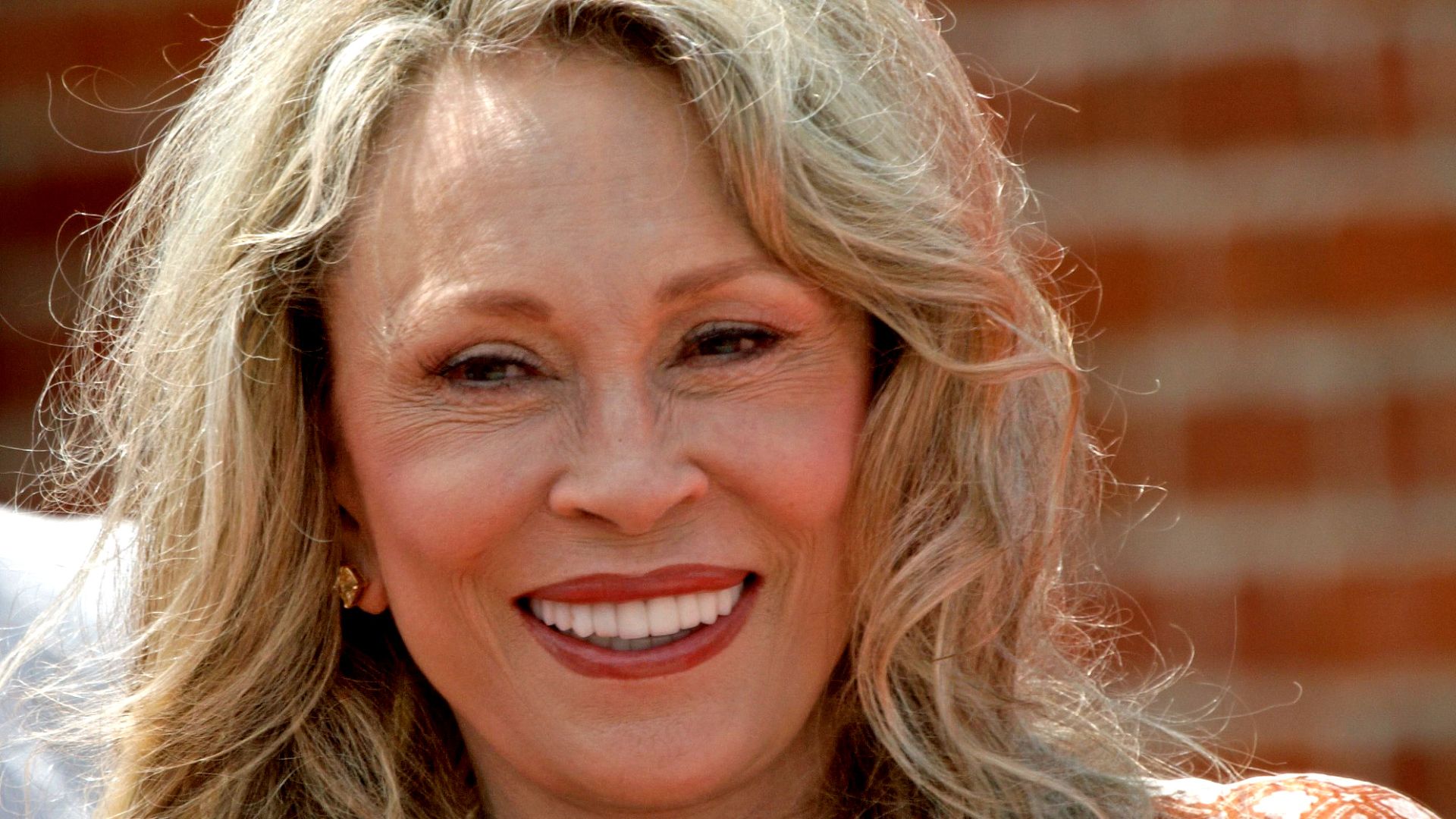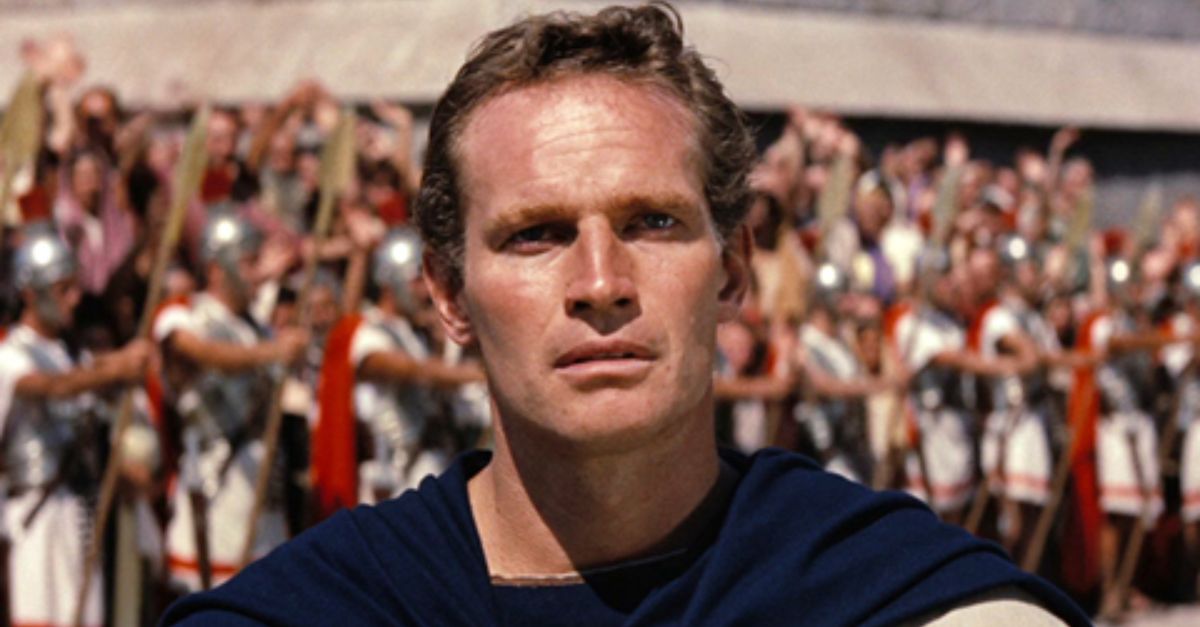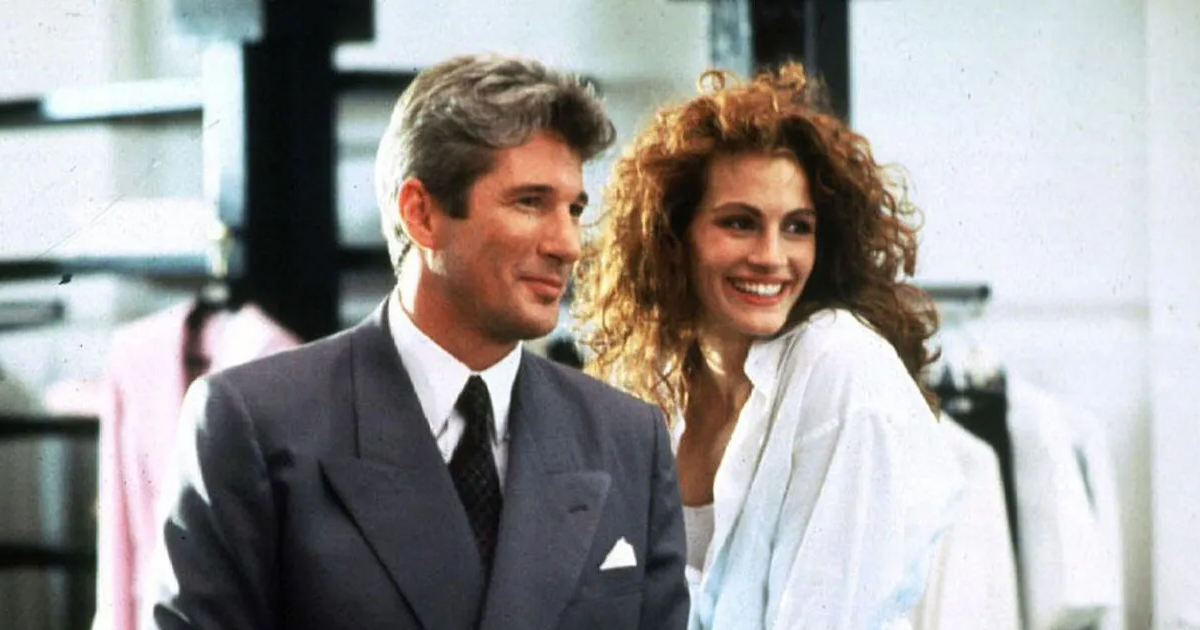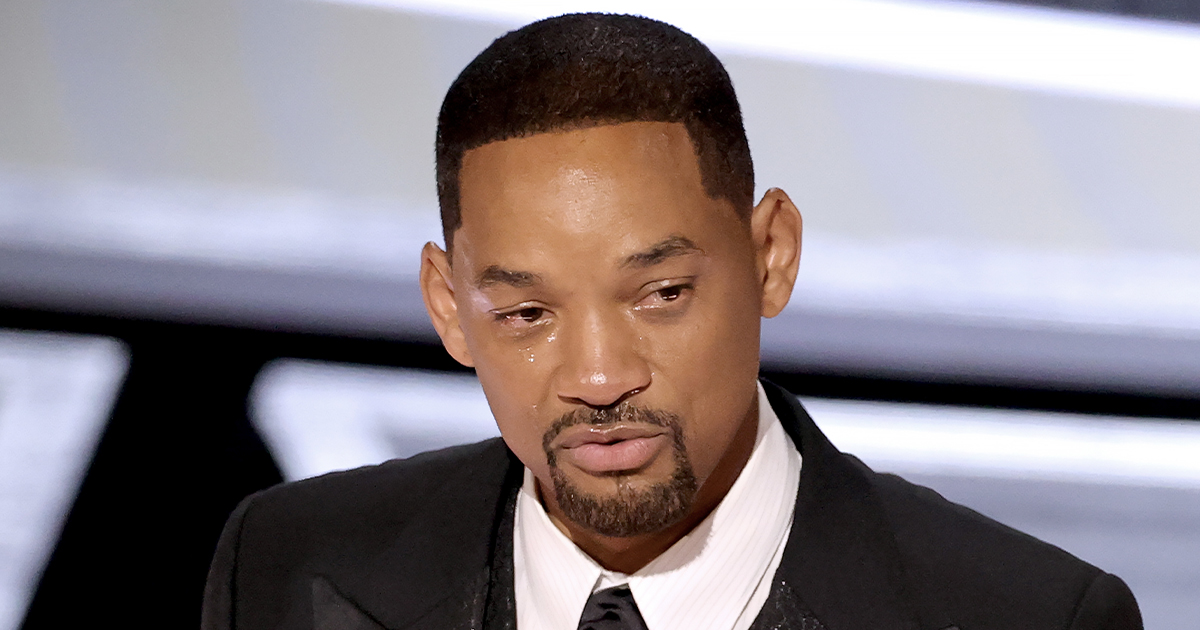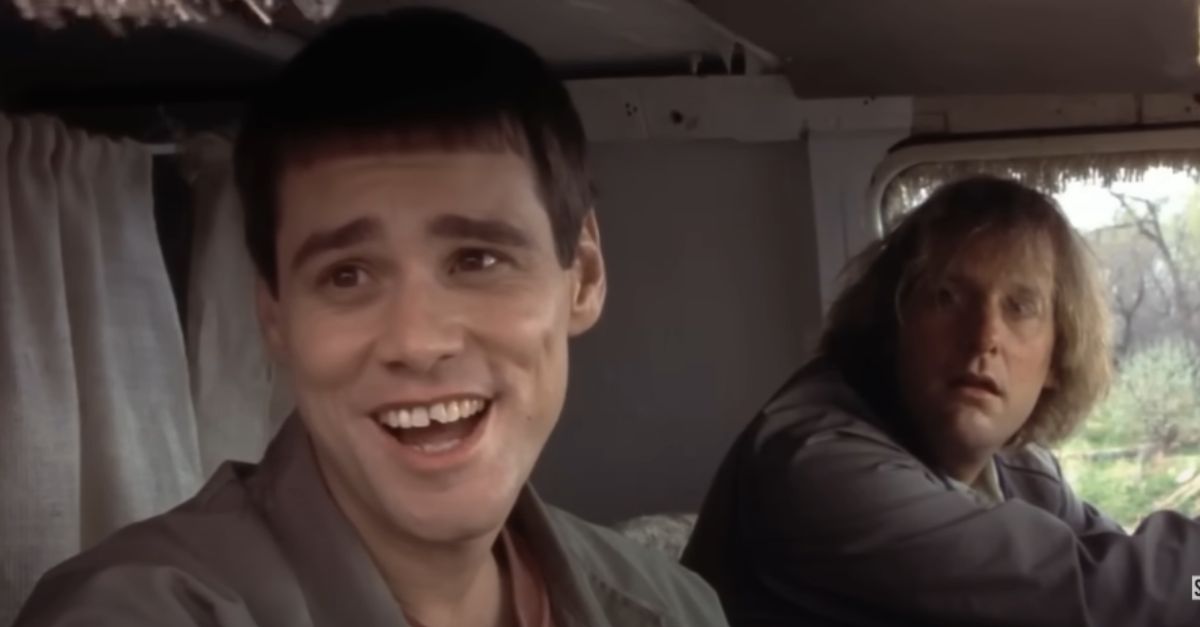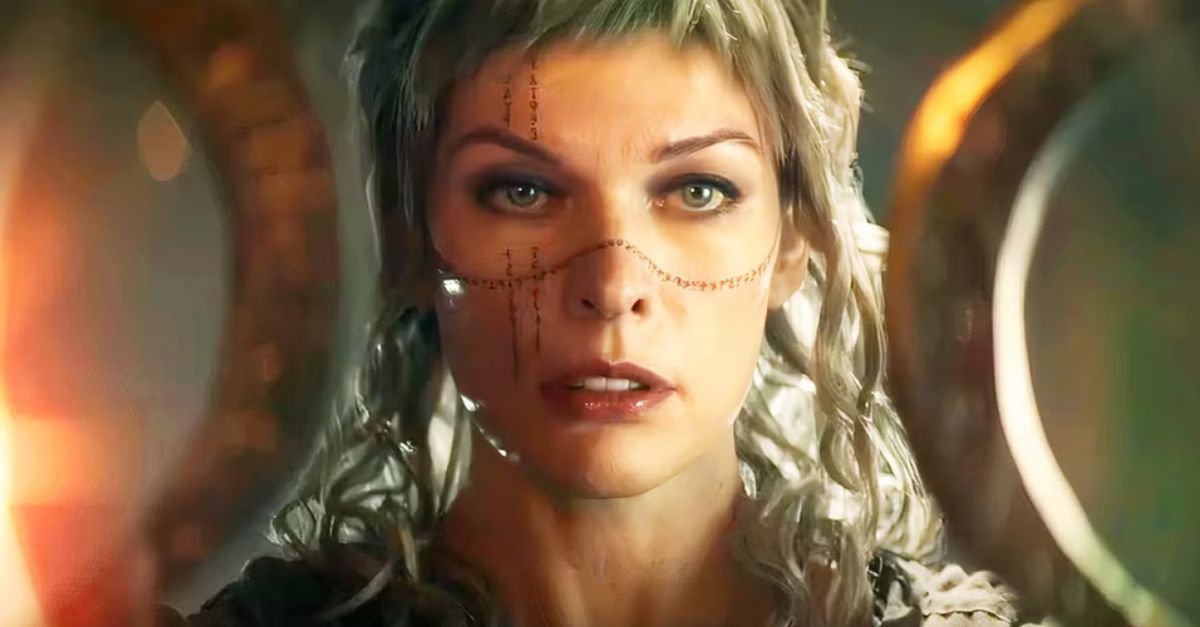Enduring Aesthetics
You can trace today’s trends back to a handful of women who made dressing an art form. Their choices still echo in closets and catwalks alike, proving that true style lives on.
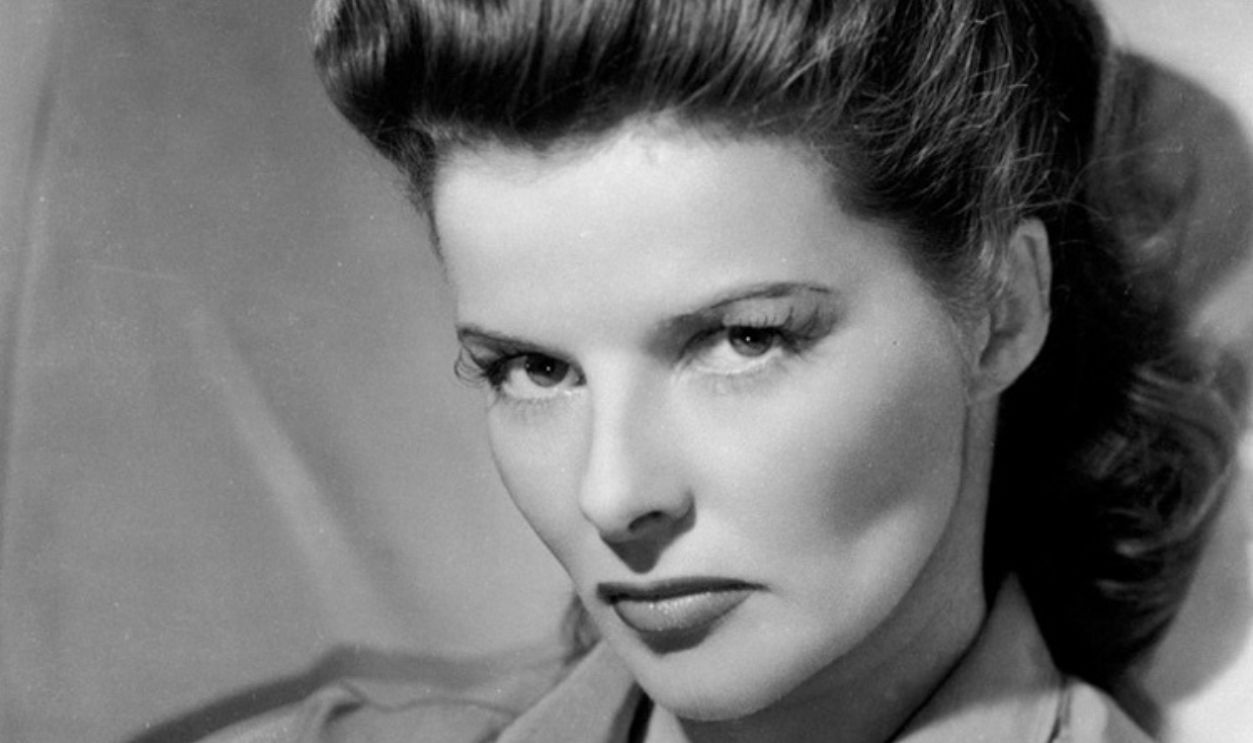
Audrey Hepburn
The little black dress from Breakfast at Tiffany's remains fashion's most referenced silhouette, with designers from Givenchy to Prada consistently reinterpreting her iconic look. When Hepburn stepped onto screens in 1961, she forever changed how women dressed, elevating minimalism to an art form.
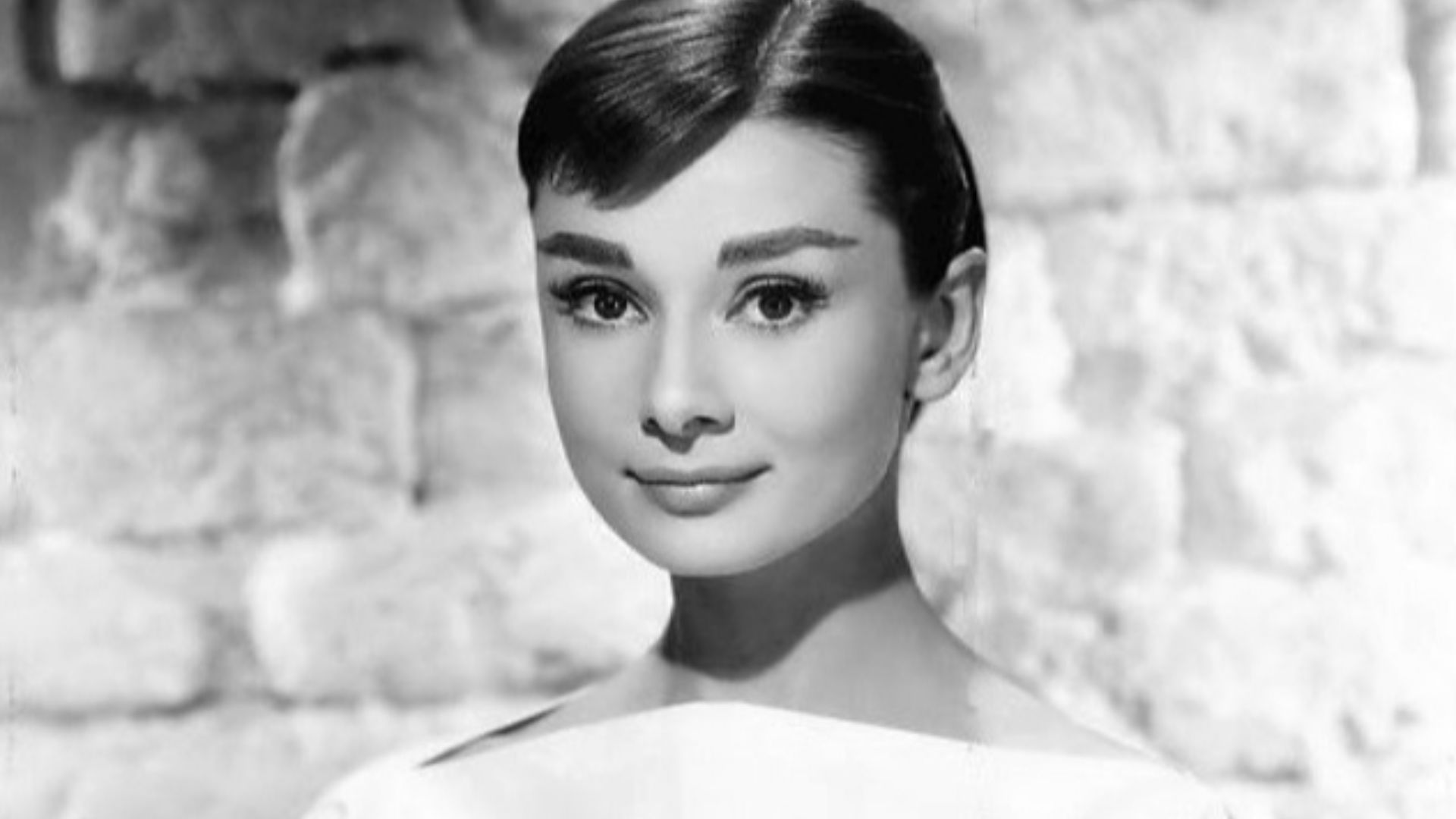 Paramount-photo by Bud Fraker, Wikimedia Commons
Paramount-photo by Bud Fraker, Wikimedia Commons
Audrey Hepburn (Cont.)
Her collaboration with Hubert de Givenchy brought about one of fashion's most enduring partnerships, changing how celebrities influence design. Beyond her famous Givenchy pieces, Hepburn's signature style elements—ballet flats, capri pants, and boatneck tops—appear in collections season after season.
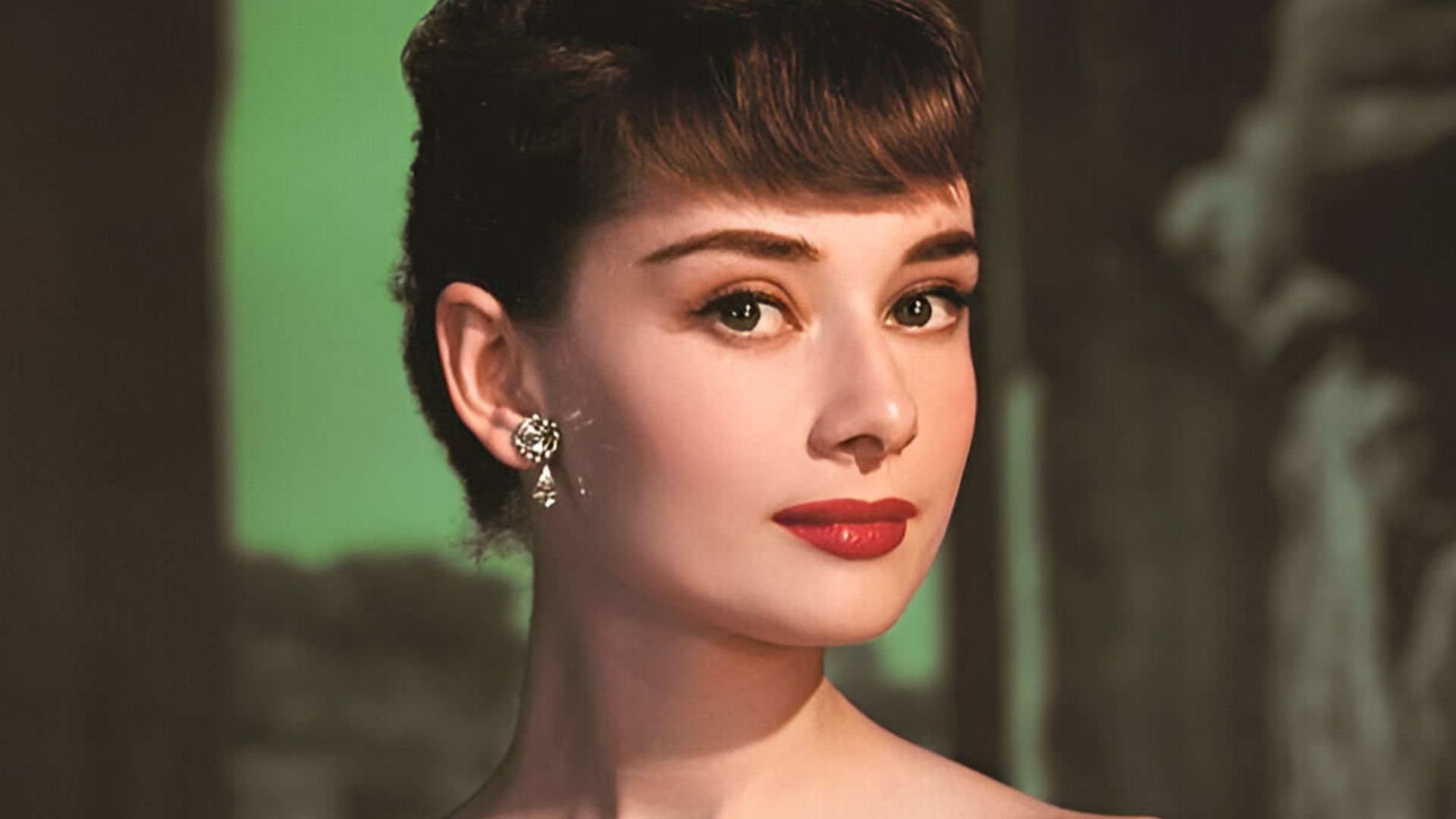 Bud Fraker (1916-2002) [1], Wikimedia Commons
Bud Fraker (1916-2002) [1], Wikimedia Commons
Marilyn Monroe
Countless runway collections draw inspiration from Monroe's aesthetic each year, particularly her hourglass silhouettes and strategic use of sequins. The white halter dress from The Seven Year Itch represents the quintessential feminine form that designers continuously reference.
 Tichnor Bros., Wikimedia Commons
Tichnor Bros., Wikimedia Commons
Marilyn Monroe (Cont.)
Modern adaptations can be found in collections from Versace to Dolce & Gabbana. What truly set this woman apart was her understanding of how clothing could change perception. Before becoming a Hollywood icon, Norma Jeane Mortenson meticulously crafted her image.
Grace Kelly
Her transition from actress to princess weaved a fashion narrative that designers still reference today when making elegant, refined collections. The "Kelly bag" by Hermes became an enduring status symbol after she was photographed using it to conceal her pregnancy from paparazzi in 1956.
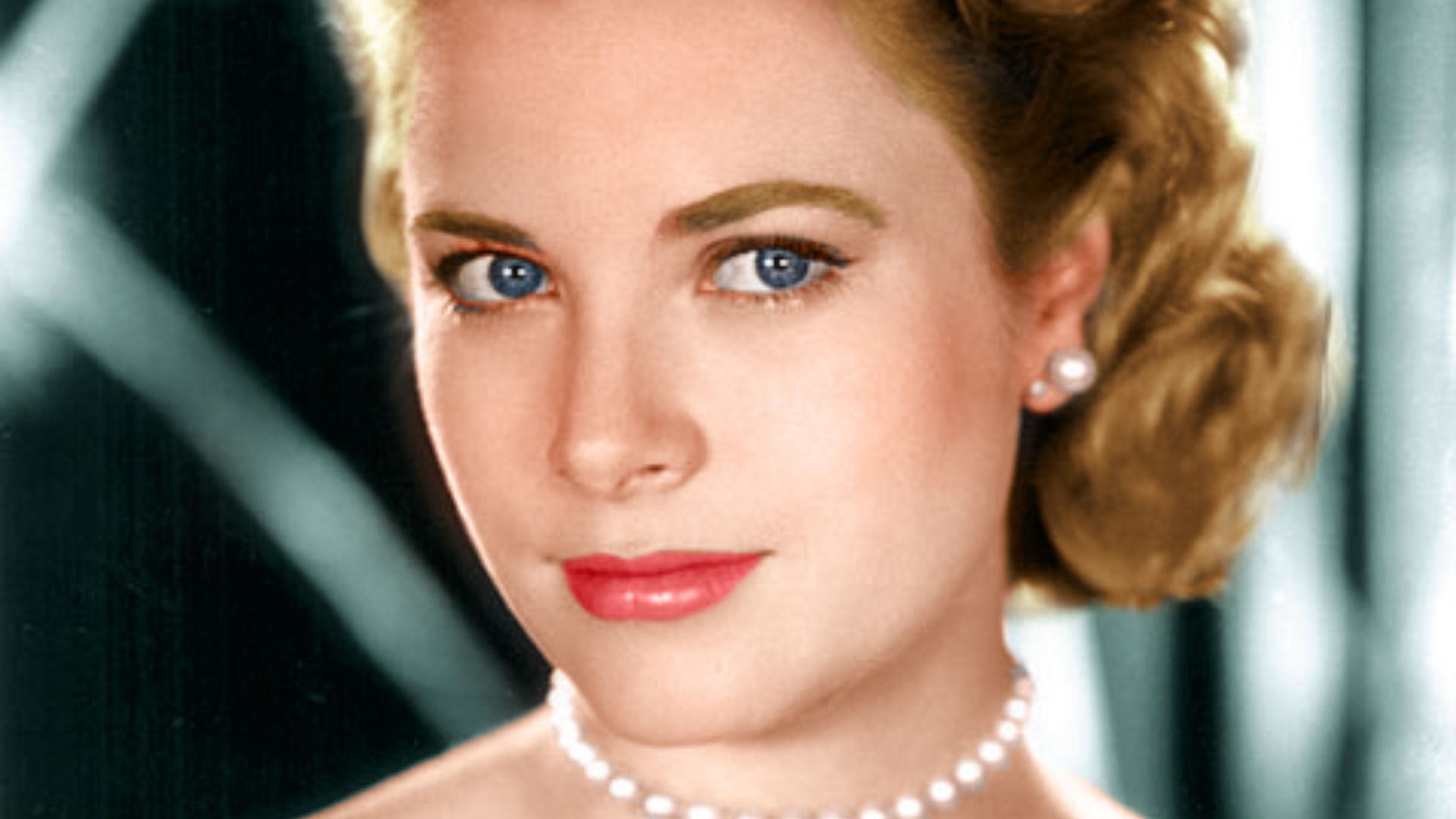 Pierre Tourigny from Gatineau, Canada, Wikimedia Commons
Pierre Tourigny from Gatineau, Canada, Wikimedia Commons
Grace Kelly (Cont.)
Well, Kelly's influence extends beyond formal attire. While famous for her sophisticated gowns and structured handbags, her casual style, characterized by crisp white shirts, tailored capris, and simple knits, laid the groundwork for the "quiet luxury" movement that dominates today's fashion scene.
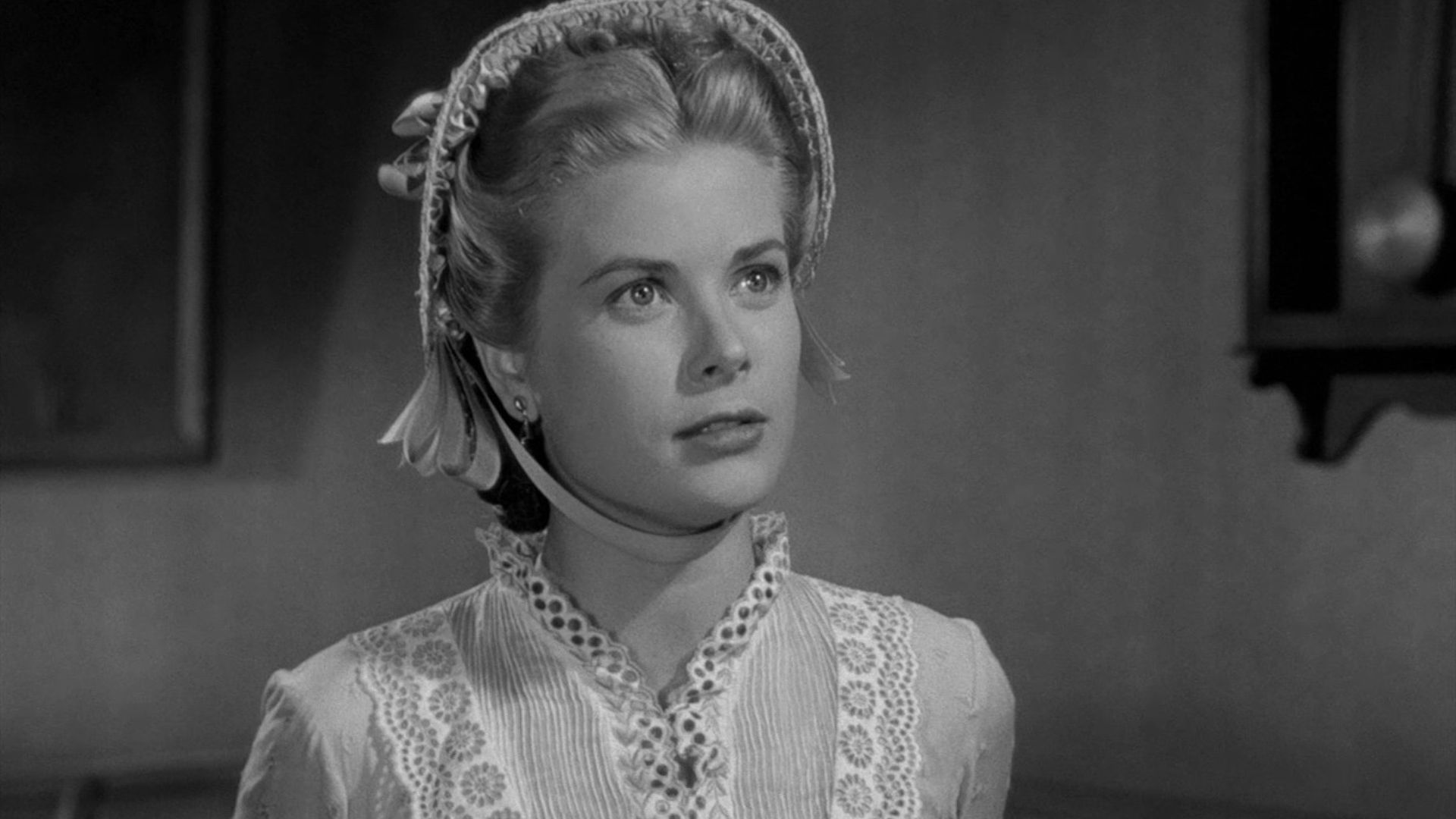 Trailer screenshot, Wikimedia Commons
Trailer screenshot, Wikimedia Commons
Lauren Hutton
The fashion industry's obsession with "imperfect beauty" and authentic personal style can be traced directly to Lauren Hutton's groundbreaking career. Her gap-toothed smile challenged conventional beauty standards while her preference for relaxed tailoring—button-downs, blazers, and perfectly cut trousers—established a template for American sportswear.
 Unknown authorUnknown author, Wikimedia Commons
Unknown authorUnknown author, Wikimedia Commons
Lauren Hutton (Cont.)
Hutton's impact extends beyond specific garments to encompass an entire philosophy about aging gracefully in the fashion world. As the first model to secure an exclusive beauty contract (with Revlon in 1973), she pioneered new business models for fashion personalities.
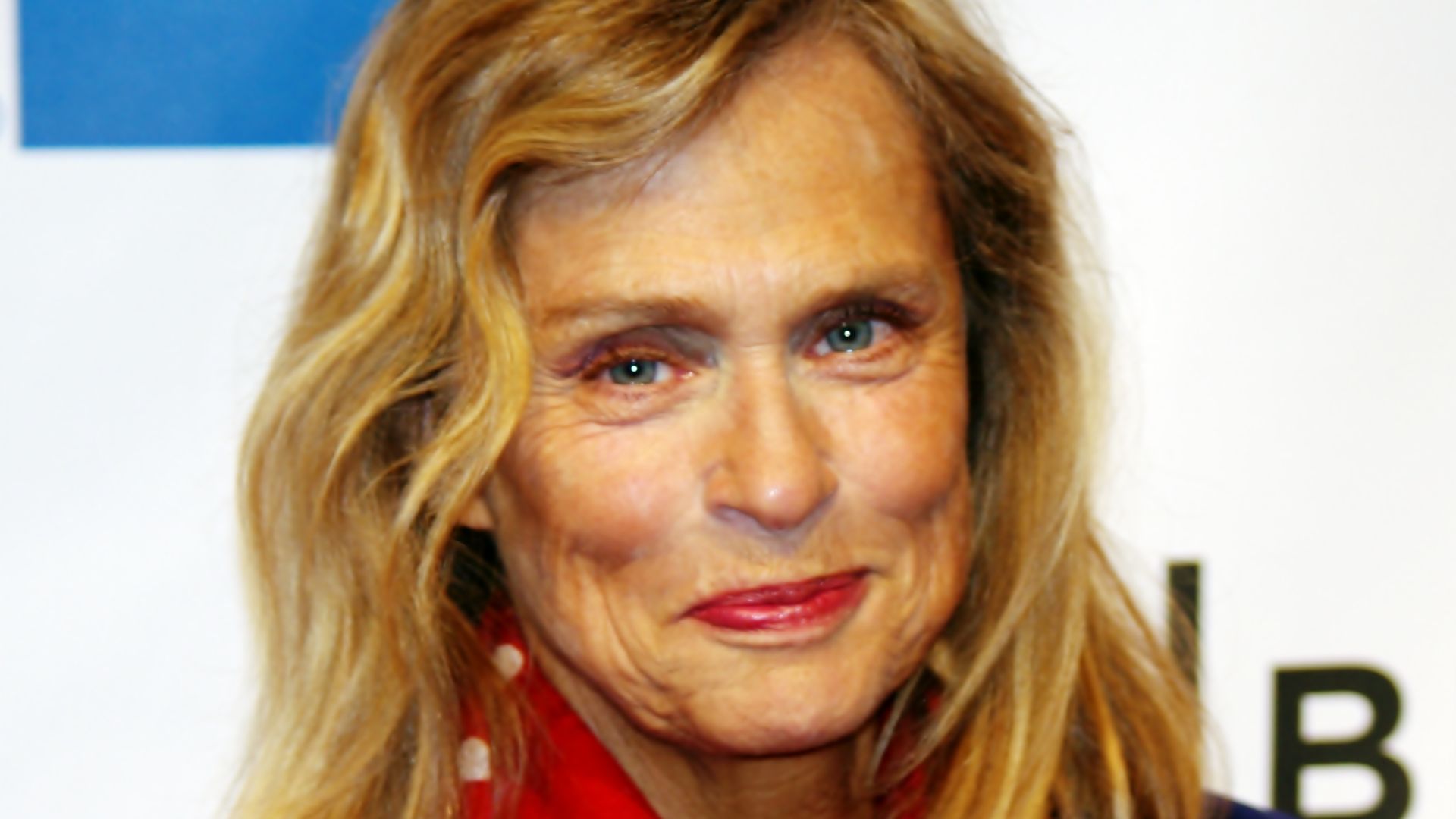 David Shankbone, Wikimedia Commons
David Shankbone, Wikimedia Commons
Jane Birkin
Be it Parisian runways or streetwear collections, Jane Birkin's effortless Franco-British style continues to inspire designers seeking to capture authentic casualness with an edge of sophistication. Her signature high-waisted flare jeans paired with simple white t-shirts created a blueprint for relaxed femininity.
 Georges Biard, Wikimedia Commons
Georges Biard, Wikimedia Commons
Jane Birkin (Cont.)
Brands like Reformation and Celine reference these styles in their attempts to bottle that elusive "French girl" aesthetic. During a chance 1981 encounter on an Air France flight, Birkin complained to CEO Jean-Louis Dumas about struggling to find a practical yet elegant handbag, leading him to create one.
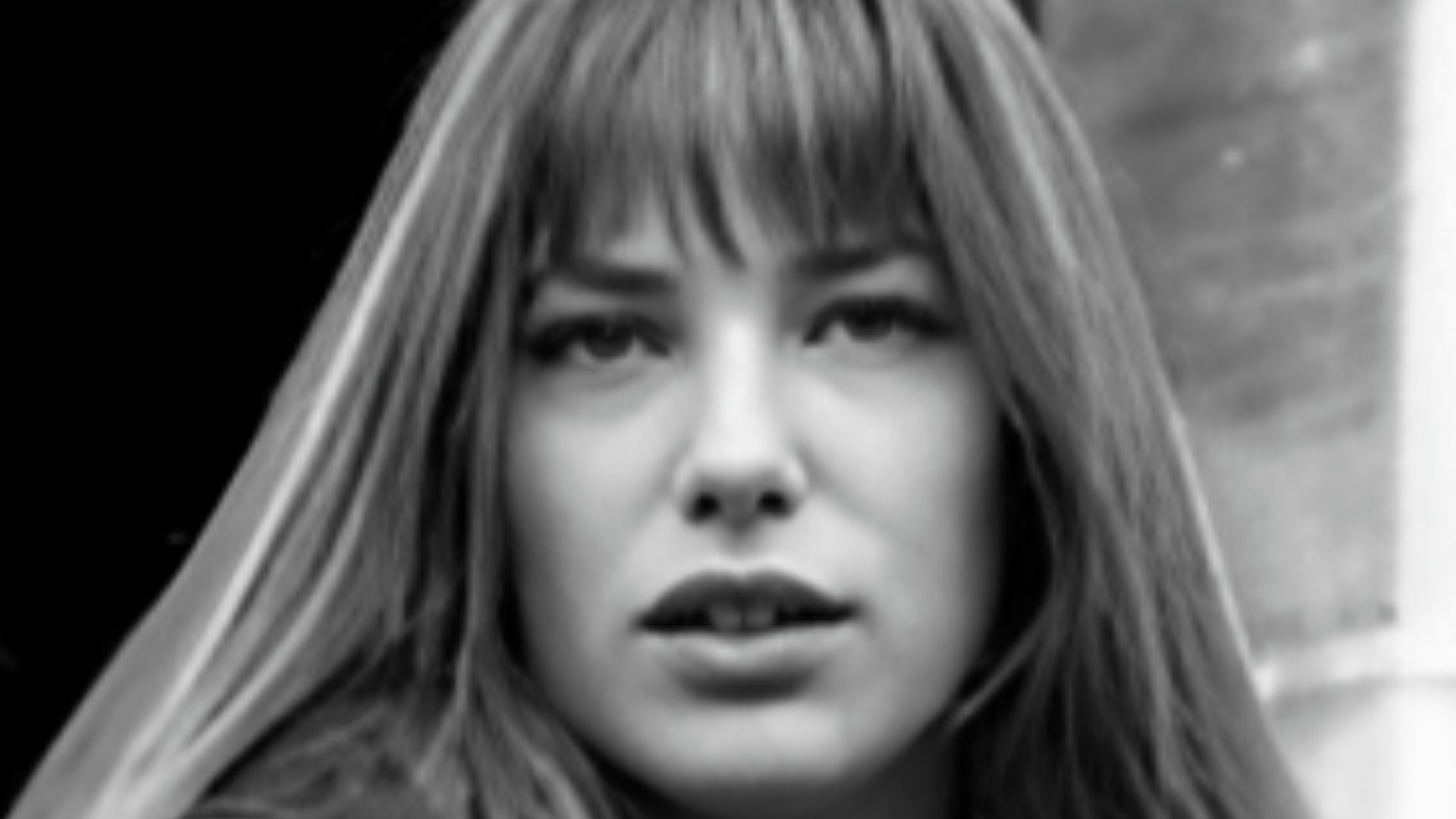 Umberto Prizzi, Wikimedia Commons
Umberto Prizzi, Wikimedia Commons
Elizabeth Taylor
Jewelry designers often mention Elizabeth Taylor's famous collection when crafting statement pieces, with her affinity for large diamonds and colored gemstones inspiring contemporary maximalist accessories. The Bulgari emerald suite, Cartier ruby collection, and the famous 33-carat Krupp Diamond established a new vocabulary for high jewelry.
 Unknown authorUnknown author, Wikimedia Commons
Unknown authorUnknown author, Wikimedia Commons
Elizabeth Taylor (Cont.)
Taylor's love affair with fashion extended beyond jewels and glamorous gowns. During her eight marriages and numerous film roles, she demonstrated how style could evolve dramatically while maintaining a consistent thread of boldness. Modern runway shows, such as Gucci, regularly channel her fearless approach to color and silhouette.
 Renamed user 995577823Xyn, Wikimedia Commons
Renamed user 995577823Xyn, Wikimedia Commons
Katharine Hepburn
The androgynous tailoring seen on today's runways owes significant debt to this icon’s pioneering adoption of menswear-inspired fashion during Hollywood's Golden Age. Stella McCartney draws inspiration from her confident approach to styling, incorporating elements such as wide-leg trousers, button-down shirts, and loafers into their collections that blur gender boundaries.
 RKO Radio Pictures (work for hire), Wikimedia Commons
RKO Radio Pictures (work for hire), Wikimedia Commons
Katharine Hepburn (Cont.)
Hepburn's revolutionary style choices weren't merely aesthetic preferences but political statements challenging gender norms of her era. She famously refused to wear dresses during press tours and reportedly once retrieved her "trousers" from RKO Pictures' wardrobe department after executives tried confiscating them.
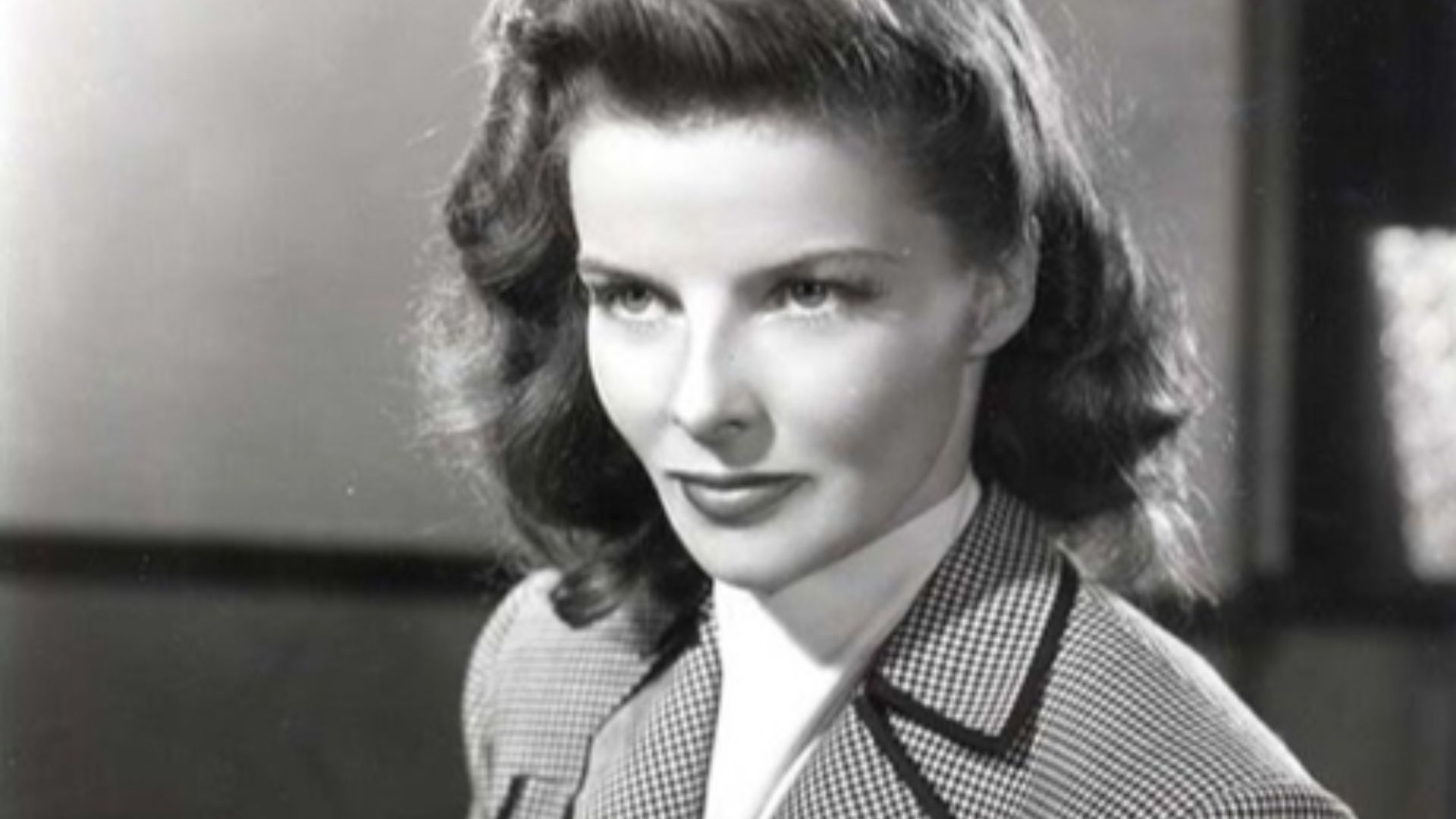 Metro-Goldwyn-Mayer (work for hire), Wikimedia Commons
Metro-Goldwyn-Mayer (work for hire), Wikimedia Commons
Diana Ross
Those dramatic silhouettes, sequined fabrics, and statement headpieces that defined Diana Ross's stage presence throughout the 1960s and 1970s to date inspire designers stitching statement eveningwear. Her Bob Mackie-designed costumes established new possibilities for performance attire.
 John Mathew Smith & www.celebrity-photos.com from Laurel Maryland, USA, Wikimedia Commons
John Mathew Smith & www.celebrity-photos.com from Laurel Maryland, USA, Wikimedia Commons
Diana Ross (Cont.)
Beginning with The Supremes' coordinated glamour, she later took on a solo aesthetic that combined disco extravagance with daywear. Fashion historians identify her 1975 film Mahogany, in which she played a fashion designer, as particularly important for showcasing her versatility and eye for dramatic styling.
 Rob Bogaerts / Anefo, Wikimedia Commons
Rob Bogaerts / Anefo, Wikimedia Commons
James Dean
The fashion industry's enduring obsession with rebellious youth culture traces directly back to Dean's personal style. His iconic combination of white t-shirts, jeans, and leather jackets in Rebel Without a Cause established the uniform for youthful defiance that designers from Saint Laurent to Amiri continuously reinterpret.
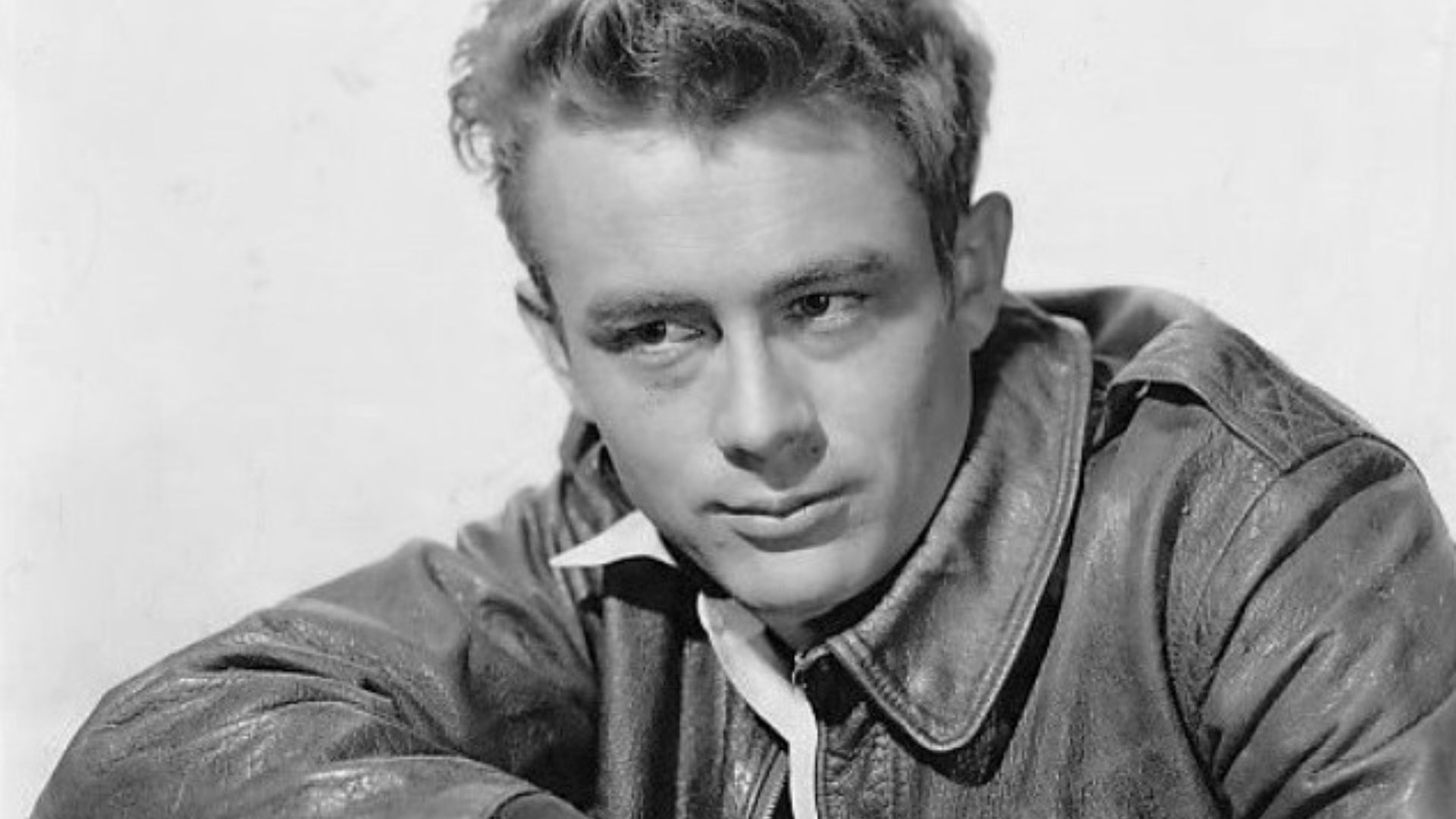 Barkin, Herman & Associates-publicity agency for Schlitz Brewing, Wikimedia Commons
Barkin, Herman & Associates-publicity agency for Schlitz Brewing, Wikimedia Commons
James Dean (Cont.)
This seemingly simple ensemble revolutionized men's fashion by prioritizing attitude over formality, introducing an authenticity that continues driving contemporary streetwear and luxury casualwear. Dean's impact extends beyond specific garments to encompass an entire approach to dressing that values personal expression over conformity.
 In-house publicity still, Wikimedia Commons
In-house publicity still, Wikimedia Commons
Winona Ryder
Alternative fashion movements return to this individual’s 1990s wardrobe as their north star for authentic, intellectual style with an edge. Her vintage leather jackets, oversized blazers, band t-shirts, and cropped hair created a distinctively androgynous aesthetic.
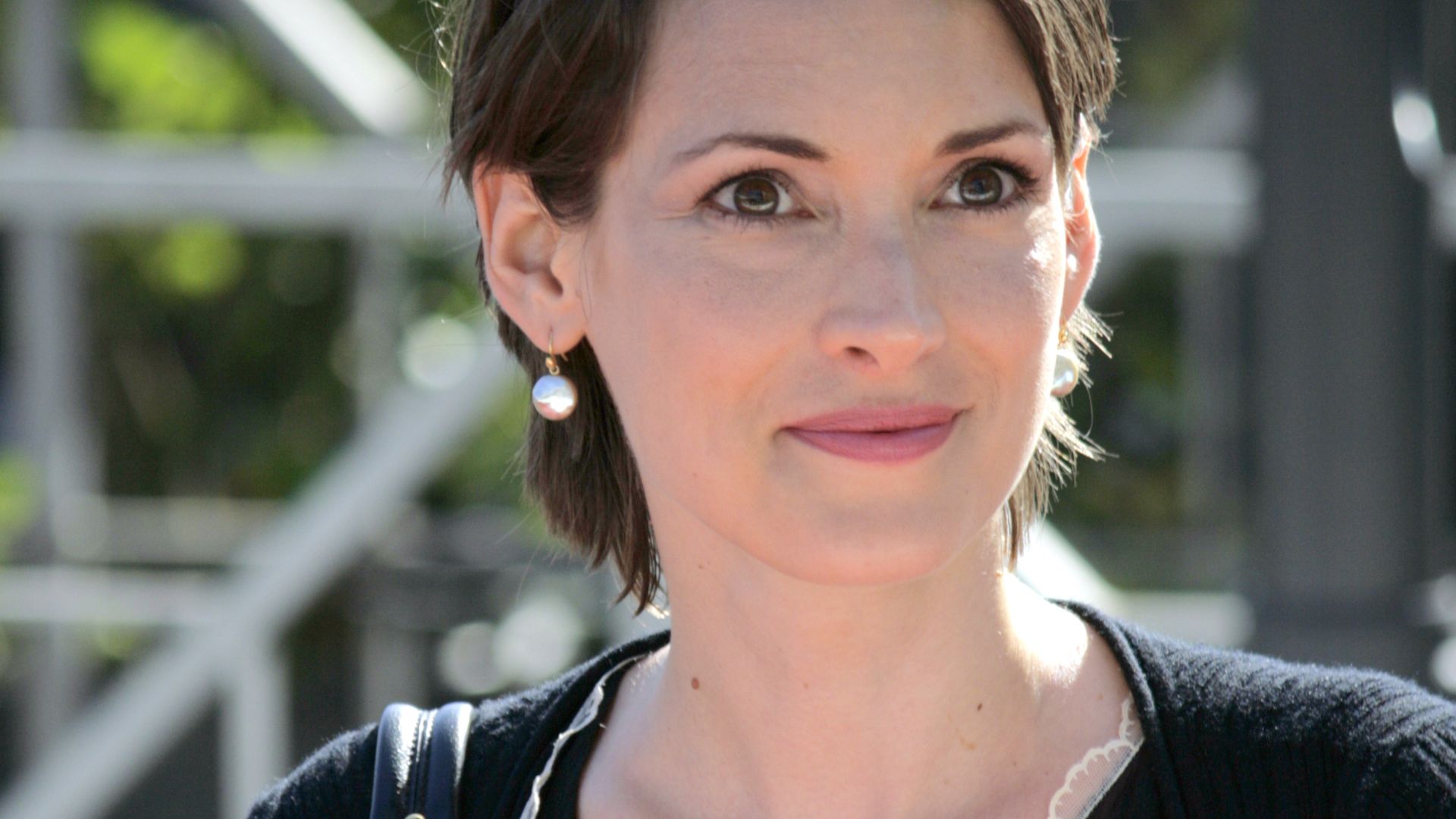 PM - Il Piccolo Missionario, Wikimedia Commons
PM - Il Piccolo Missionario, Wikimedia Commons
Winona Ryder (Cont.)
Ryder built her influence by bringing a thoughtful, character-driven approach to personal style rarely seen in Hollywood. Unlike contemporaries who chose mainstream glamour, she cultivated a wardrobe that reflected her interest in literature, independent film, and countercultural movements.
 Harald Krichel, Wikimedia Commons
Harald Krichel, Wikimedia Commons
Faye Dunaway
Period films rarely impact contemporary fashion as profoundly as Bonnie and Clyde did through Dunaway's revolutionary costumes. Her character's wardrobe of berets, midi skirts, and fitted cardigans created a 1930s-meets-1960s aesthetic that designers from Gucci to Marc Jacobs regularly revisit.
 Georges Biard, Wikimedia Commons
Georges Biard, Wikimedia Commons
Faye Dunaway (Cont.)
Dunaway's influence extended beyond the single role. Fashion historians specifically cite her sharply tailored pantsuits, silk blouses, and oversized sunglasses as establishing the visual language for female power dressing that remains relevant in corporate and creative industries.
Anjelica Huston
Contemporary runway collections often draw inspiration from Huston's dramatic silhouettes and unconventional beauty when aiming to create memorable, artistic presentations: her commanding height, distinctive features, and architectural approach to dressing established a template for statement-making elegance.
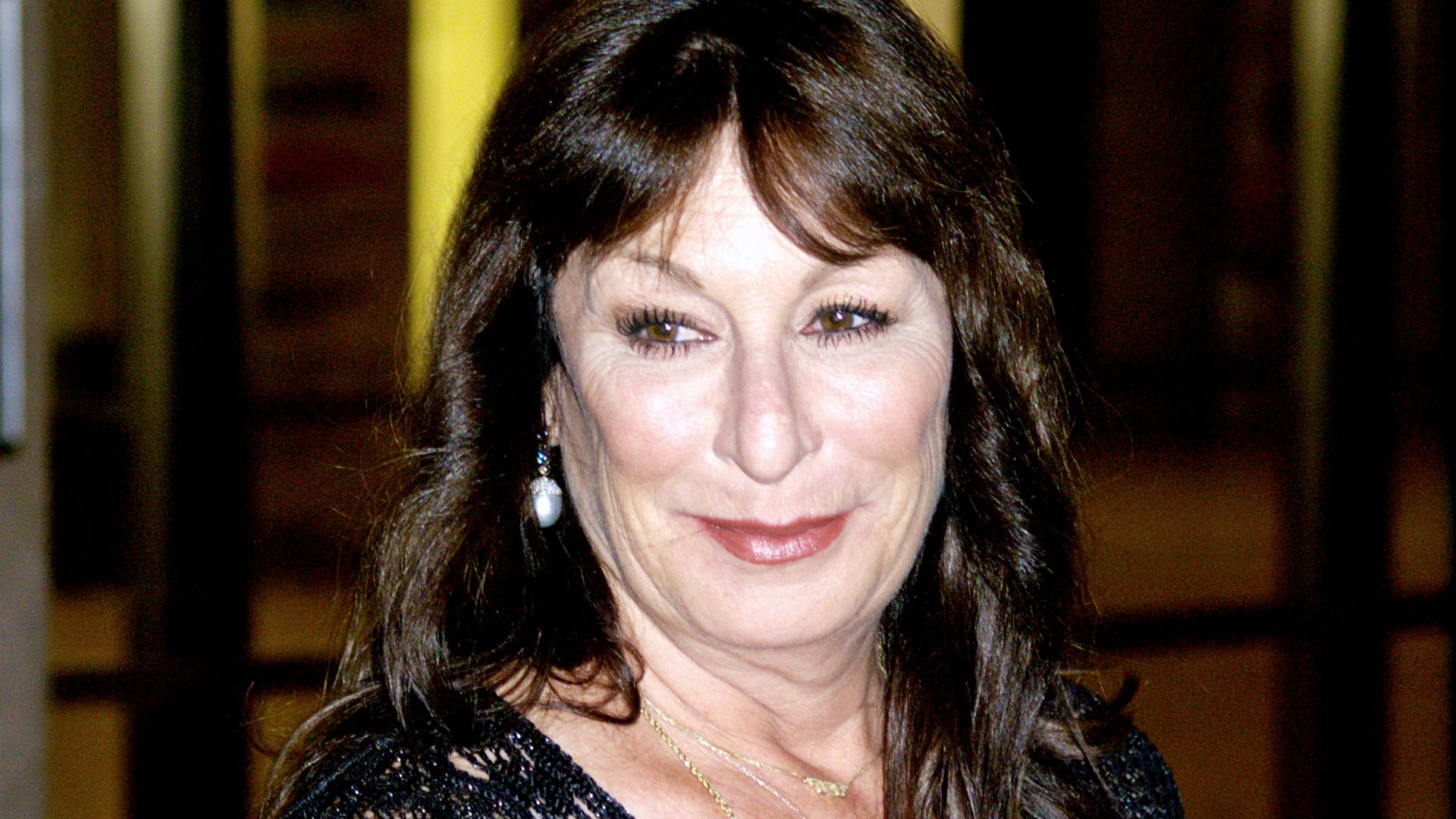 David Shankbone, Wikimedia Commons
David Shankbone, Wikimedia Commons
Anjelica Huston (Cont.)
As Jack Nicholson's partner throughout the 1970s and early 80s, she inhabited both Hollywood's glamorous center and its creative fringes, developing a wardrobe that mixed vintage finds with designer pieces long before such eclecticism became fashionable.
 Mingle Media TV, Wikimedia Commons
Mingle Media TV, Wikimedia Commons

